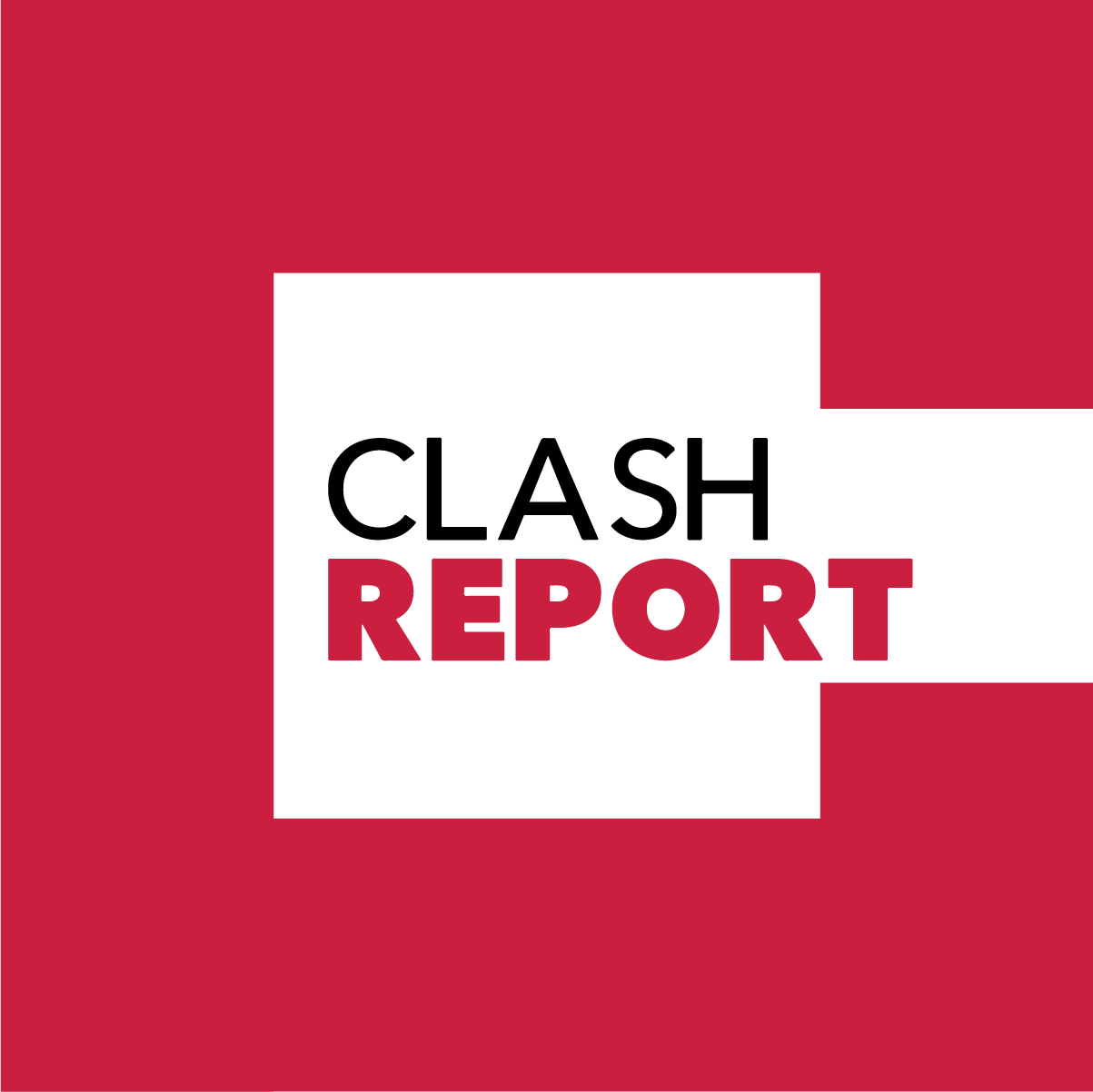US Links Peace to Congo-Rwanda Economic Pact
A US-brokered Congo-Rwanda peace deal includes a linked economic pact within 3 months. The deal includes mineral revenue sharing, infrastructure projects, and joint energy ventures.
June 27, 2025Clash Report

ClashReport
The United States is backing a peace deal between the Democratic Republic of Congo and Rwanda that will include a secondary agreement focused on economic cooperation. This proposed pact, to be finalized within three months, is designed to reinforce the peace by promoting shared infrastructure and resource benefits.
According to sources close to the talks, the economic plan outlines joint ventures such as mineral revenue-sharing, transportation networks, and a $760 million hydropower project along the two countries’ border. There are also plans for collaborative electricity generation using methane from Lake Kivu, which both nations border.
However, the success of the economic agreement is contingent on both sides fulfilling the commitments of Friday’s peace accord. That includes a ceasefire and pledges by each government to cease funding or supporting armed factions in eastern Congo.
The foreign ministers of Congo and Rwanda are scheduled to meet with US President Donald Trump at the White House before signing the peace accord. Presidents Félix Tshisekedi and Paul Kagame are expected to follow up with Trump in a future meeting to reinforce the agreement.
The Trump administration is promoting this deal in hopes that stronger economic ties — including with neighboring Uganda and Burundi — will stabilize relations and deter conflict. As part of this initiative, both countries are expected to explore investment partnerships with American entities, particularly in mining operations.
Security Complexities Remain
Eastern Congo remains volatile, with more than 100 armed groups active and over 6 million people displaced. Rwanda denies supporting the M23 rebels, who control parts of eastern Congo, while accusing Congo of backing groups responsible for the 1994 Rwandan genocide.
The peace framework will require Congo to dismantle the FDLR, a group accused of harboring genocide perpetrators, while also supporting separate negotiations between Kinshasa and M23 facilitated by Qatar.
To encourage compliance, the US is offering potential financial backing through agencies like the International Development Finance Corporation.
A cornerstone of the economic pact is the Ruzizi III hydropower plant, a long-delayed project that would supply power to Congo, Rwanda, and Burundi. This energy could support mineral processing industries in the region, including tin, tantalum, tungsten, and gold. Congo would supply raw materials in exchange for royalties and equity stakes in processing infrastructure located in Rwanda.
The agreement also includes plans to prevent rebel groups from profiting through illegal mineral trading and aims to boost transparency in regional mining data.
Experts Question Rwanda's Incentives
Despite the promise of investment, analysts remain cautious. Jason Stearns of Simon Fraser University noted that M23 is unlikely to give up the mining areas it now controls, which are a key source of tantalum ore. UN experts have reported that this ore is being smuggled into Rwanda.
In March, the EU sanctioned Rwanda’s Gasabo refinery for importing gold from M23-held zones. Rwanda’s gold exports are expected to exceed $2 billion this year — a sharp rise from $363 million in 2021.
“The economic benefits on offer may not be enough to offset Rwanda’s losses if it withdraws from the conflict,” Stearns warned, suggesting that enforcement measures — not just financial incentives — will be necessary to make the peace deal effective.
Sources:
Related Topics
Related News
Trump and Putin to Meet in Budapest
Focus
October 2025
Ukraine, U.S. to Launch Strategic Minerals Fund by Year-End
America
June 2025
Trump Tells Zelensky Peace Comes Before Missiles
Ukraine - Russia War
October 2025
Tomahawk Missiles the U.S. Won’t Give Ukraine
Defense
October 2025
U.S. Demands Rwanda Withdraw Troops from Congo
Africa
June 2025
Trump’s Drone War in Somalia Doubles Amid Peacebuilding Conc
Africa
June 2025